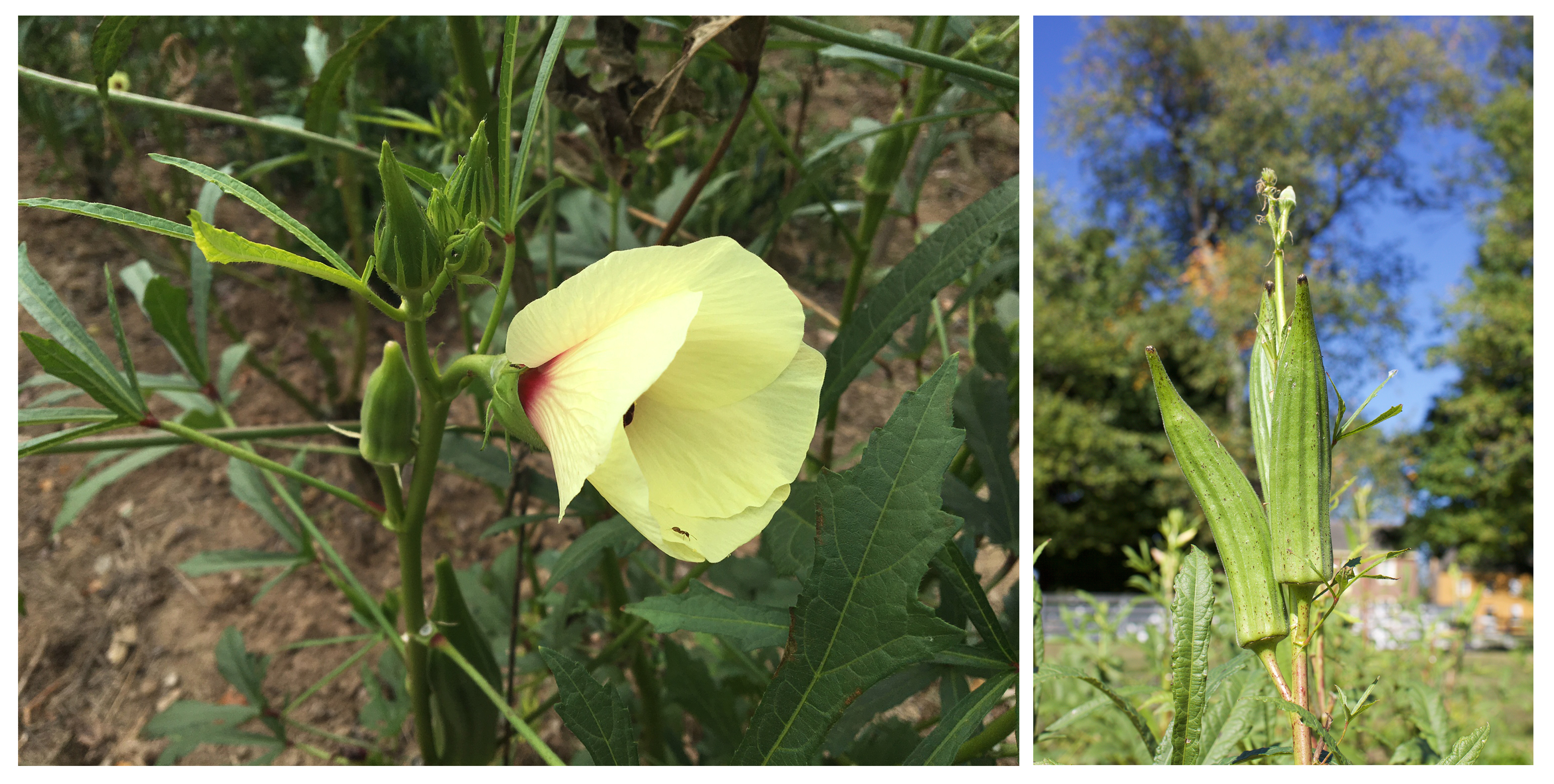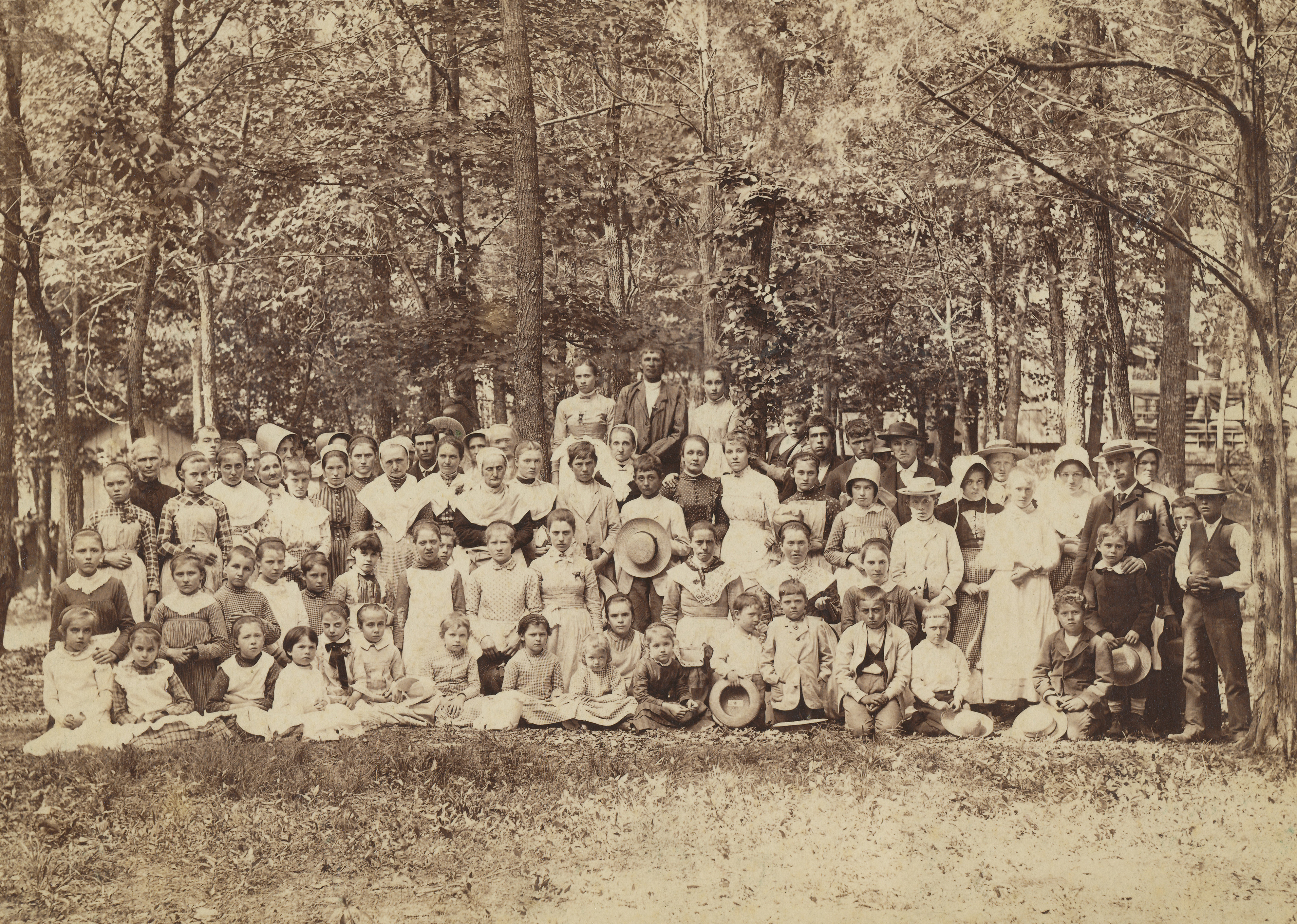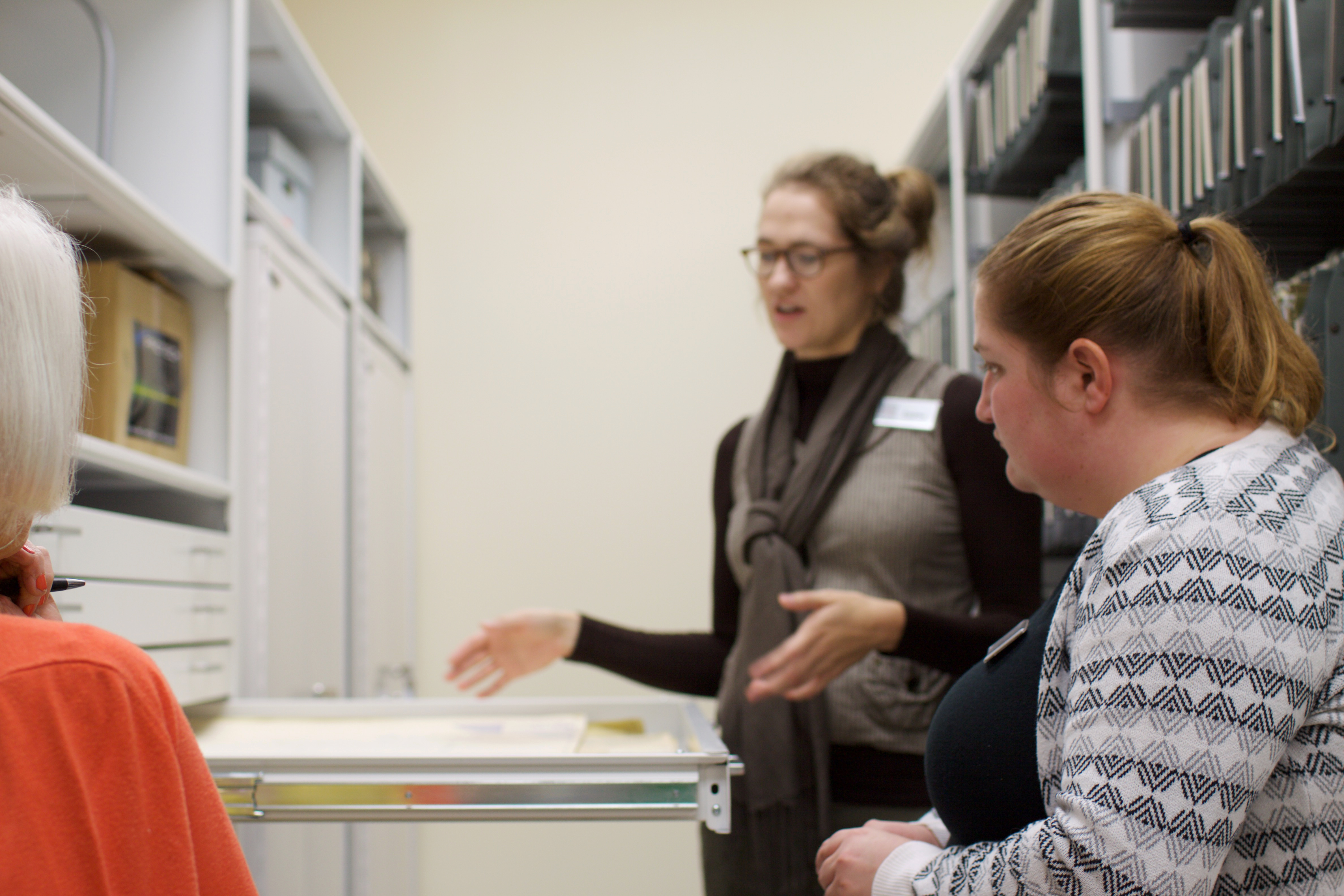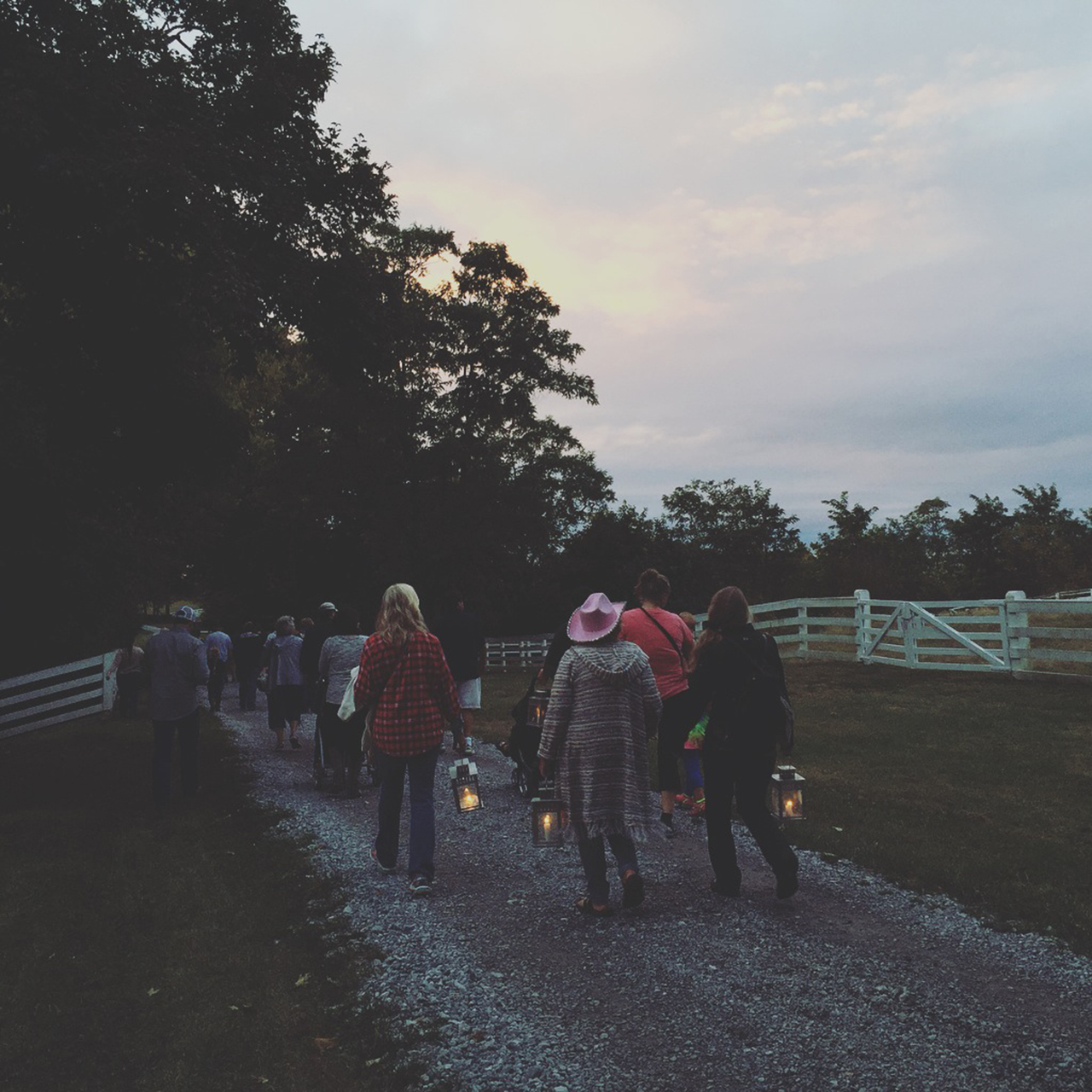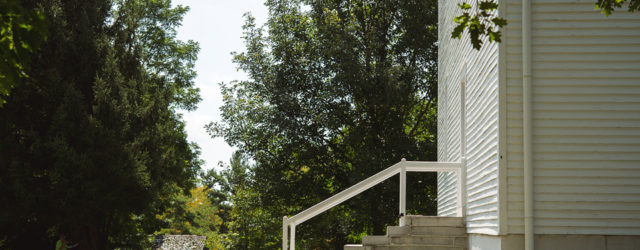We have exciting news! For the first time in its series history, Live From Lincoln Center takes its show on the road, presenting performances by The Chamber Music Society of Lincoln Center (CMS) filmed right here in 2015. Live From Lincoln Center’s “Simple Gifts: The Chamber Music Society at Shaker Village” will air tonight, Friday, September 9, at 9:30 pm on PBS.
We are thrilled to present our 11th annual Chamber Music Festival of Bluegrass in partnership with CMS artistic directors David Finckel and Wu Han in May 2017. In anticipation of tonight’s big premier, Finckel shares his thoughts about the Festival:
With the sun’s warm rays raking the pasture to my left, I watch two men – one from France carrying a violin, and one from New York carrying a viola – ascend the side staircase to perform the first concert of the Chamber Music Festival of the Bluegrass. I can’t believe I sat here exactly ten years ago and did the same thing: yes, this is the tenth anniversary season of a now-historic partnership between Shaker Village and the Chamber Music Society of Lincoln Center
When a gentleman named George Foreman (no, not the prizefighter, but the former director of performing arts at Centre College in Danville) and I grabbed a bite to eat together some twelve years ago in an Applebee’s, George proposed the idea of a chamber music festival in a nearby Shaker village. Having been an American antiques aficionado all my life, and a particular fan of Shaker furniture and architecture, it took very little work to imagine the setting. A trip to the village to look at the tobacco barn which was proposed for the concerts confirmed the viability of the project, and just like that, we were off on the always-wild and perilous ride of a performing arts startup.
During the first critical ten years, the trustees of Shaker Village took ownership of the festival and truly made it an integral part of their mission. The Village’s entire staff, from cooks to groundskeepers to carpenters, now know us, and we know them. When we return here each May, we reconnect with our Kentucky family. It is a truly joyous time.
I’m sure that as the Village was considering the move to formally adopt this festival, the question must have come up as to how the culture of chamber music would fit into and connect with that of the Shakers. The Shakers, from what I’ve learned, were apparently not big on music, save for hymns. So how would five concerts in a weekend filled with music by Austrians, Russians, Germans, French, Norwegians (among others) composed over the last four hundred years, and performed by musicians hailing from some eighteen different countries, find an appropriate place in a village built with such a clear and strong mission of its own? This question kept me up at night, a bit.
At the risk of sounding presumptuous, it didn’t take me long to come to a conclusion that what we were going to do did indeed align with so much of what this miraculous place is all about. I’m not prepared to categorically state that playing classical music is a faith-based profession; however, there is not a serious musician I know who does not sense working for a higher authority. For us performers, that father figure is always the composer; we are on the stage to represent the great geniuses of our art. And for those composers, from where did this great music come? I’m equally sure that each of them would likely characterize themselves as simply vessels, through which divine inspirations found their way to ink and paper. Indeed, the music we play is imbued with such timeless greatness that we freely admit: it is much better than it can ever actually be played. We performers are therefore on an endless, yet joyful quest, in search of an ever-better interpretation, one more compelling, beautiful, and fulfilling of the composer’s dream.
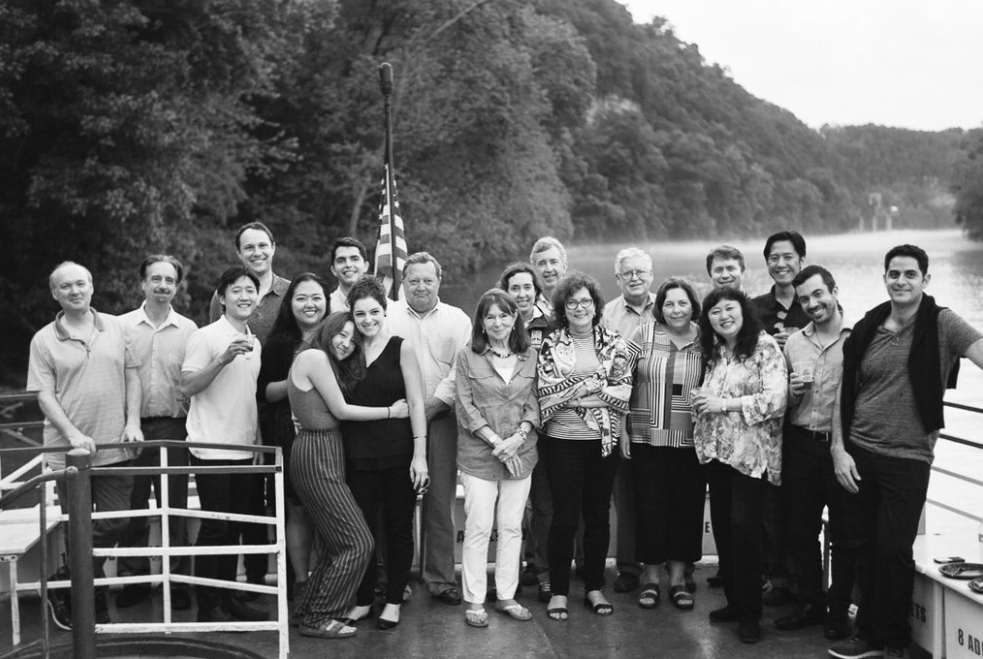
2016 Chamber Music Festival musicians enjoy an evening on The Dixie Belle Riverboat at Shaker Village of Pleasant Hill
While ruminating on potential paths of logic for our residency in Shaker Village, a further turn of thought opened up another perspective: that of the composer. Many of the giants of our art – Haydn, Mozart, Beethoven, Schubert, Mendelssohn, Schumann and Brahms – never made it to the New World. But one of them, the Czech master Antonín Dvořák, did come to America in the 1890’s, summoned to head the new National Conservatory in New York and to assist our nation in finding its own musical voice (American composers had been imitating European styles since the 18th century). Dvořák found roots for a distinctly American tradition in the music and dances of African and Native Americans, imbuing his now-iconic works composed here with genuine American spirit. I believe that not only Dvořák, but all of his mighty predecessors would have not only been fascinated by and admiring of the Shakers, but might well have composed music inspired by their spiritual principles and incomparable work ethic
My assumption – that composers long gone, who never set foot in America, would be thrilled that their music was being played on such storied ground – seals my personal case for feeling that when I come here, I come not to intrude, but to be “kindly welcomed” and to contribute to this place art which extols decency, was created through both divine inspiration and plenty of hard work, and like this place, has stood the test of time, existing today with endless energy, relevance, and beauty.
David Finckel, Artistic Director, Chamber Music Society of Lincoln Center
Live From Lincoln Center’s “Simple Gifts: The Chamber Music Society at Shaker Village” will air tonight, September 9, 2016, at 9:30pm on PBS. Click here to learn more.
Pre-order the Simple Gifts CD >>
